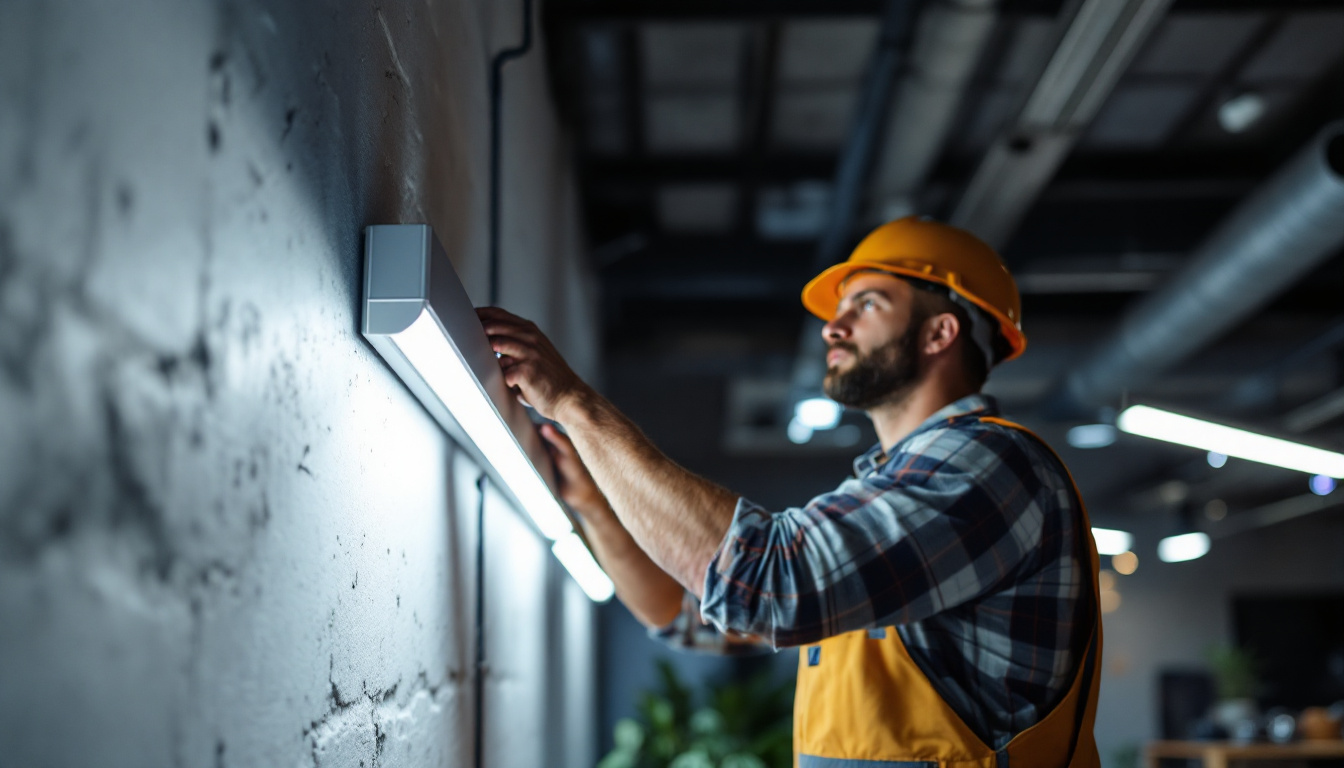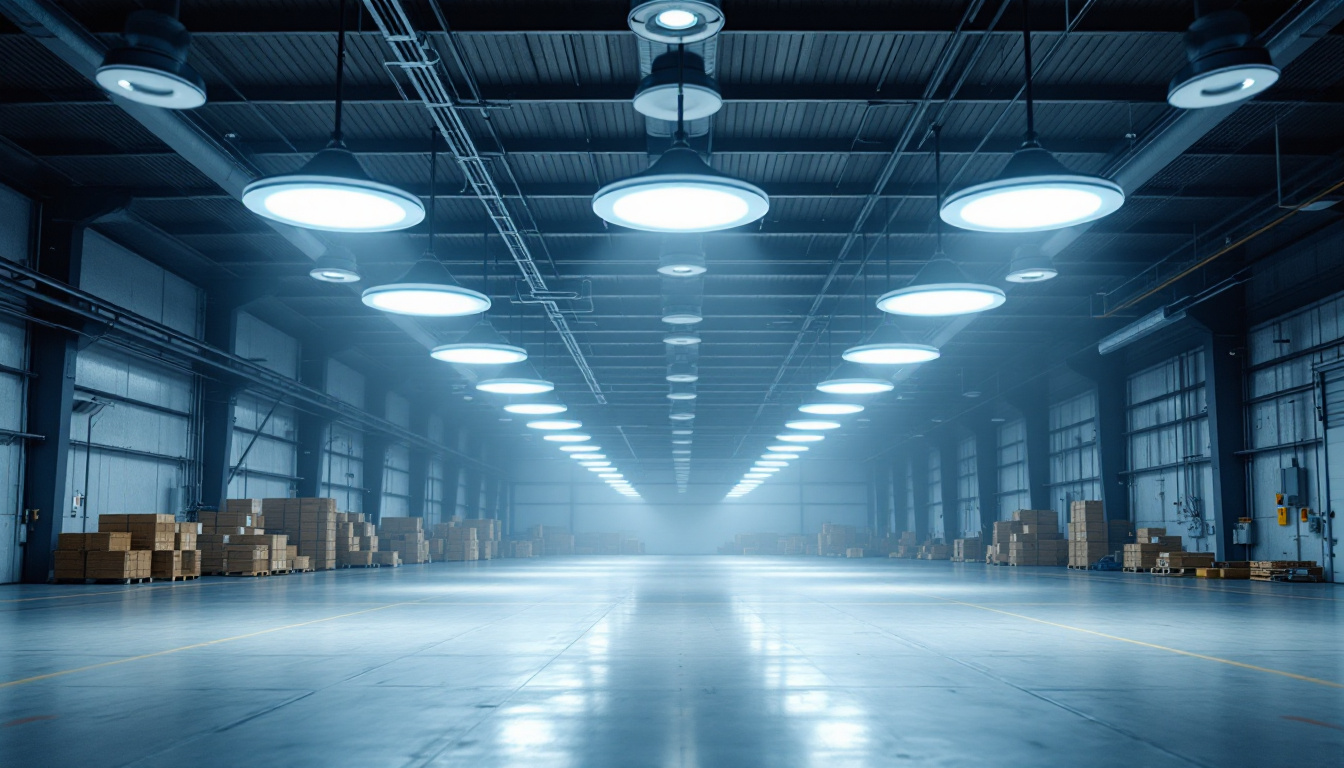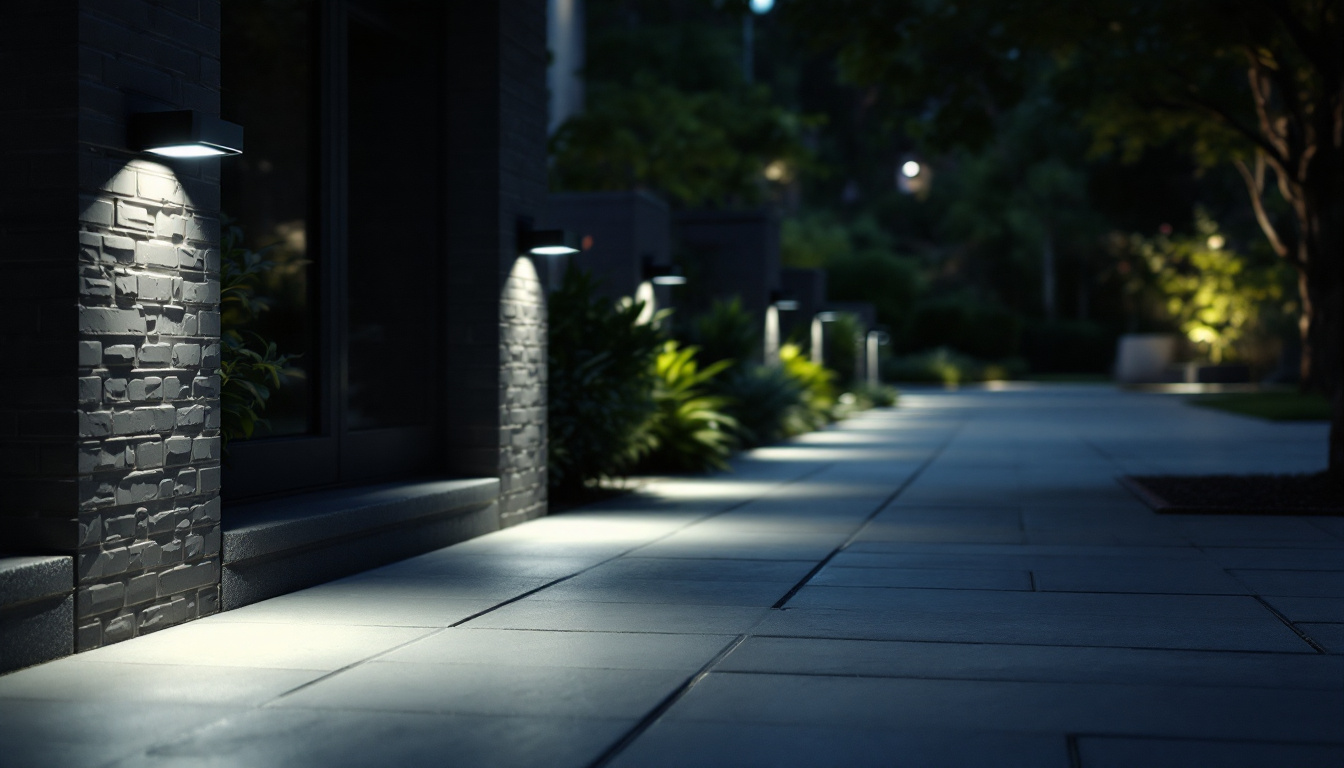

In the ever-evolving world of commercial lighting, linear LED light bars have emerged as a popular choice for contractors seeking efficient and aesthetically pleasing solutions. However, as with any technology, there are common pitfalls that can hinder the effectiveness of these installations. Understanding these mistakes can not only enhance project outcomes but also improve client satisfaction and long-term relationships. This article delves into some of the most frequent errors lighting contractors make when working with commercial linear LED light bars.
One of the most significant mistakes contractors make is failing to thoroughly understand the space where the lighting will be installed. Each environment has unique characteristics that influence lighting needs, including ceiling height, wall colors, and the purpose of the space. For instance, a warehouse may require different lighting levels compared to a retail store or an office environment.
Contractors should conduct a comprehensive assessment of the area, considering factors such as natural light availability and the specific tasks that will be performed in the space. This understanding will guide decisions on the type, placement, and intensity of linear LED light bars needed to achieve optimal illumination. Additionally, understanding the color temperature of the lights can significantly impact the mood and functionality of the environment. For example, cooler temperatures tend to enhance focus and productivity, making them ideal for workspaces, while warmer tones can create a more inviting atmosphere in areas meant for relaxation or social interaction.
Another common oversight is neglecting the layout and placement of light fixtures. Proper spacing and alignment are crucial for achieving uniform lighting without dark spots or excessive glare. Contractors often underestimate the importance of a well-thought-out layout, which can lead to uneven lighting distribution and a less-than-ideal ambiance.
Utilizing design software or tools can help visualize the lighting layout before installation. This proactive approach allows contractors to make necessary adjustments and ensure that the final result meets both aesthetic and functional requirements. Moreover, considering the interaction between different light sources is essential; for instance, combining ambient lighting with task lighting can enhance visibility while also adding depth to the overall design. It’s also beneficial to factor in the potential for future modifications in the space, ensuring that the lighting design remains adaptable to changing needs or layouts over time.
While linear LED light bars are generally energy-efficient, not all products on the market offer the same level of efficiency. Contractors sometimes select fixtures based solely on initial cost rather than long-term energy savings and performance. This can lead to higher operational costs for clients and may affect the overall satisfaction with the installation.
It is essential to evaluate the energy ratings of different linear LED light bars and consider their lumen output per watt. Investing in high-quality fixtures may result in a higher upfront cost but can lead to significant savings over time through reduced energy bills and lower maintenance requirements. Additionally, the longevity of these products often surpasses that of cheaper alternatives, which can require more frequent replacements and repairs, further driving up costs for the client. A thorough analysis of the total cost of ownership, including energy consumption, lifespan, and maintenance, can provide a clearer picture of the true value of lighting investments.
Incorporating lighting controls and automation is another area where contractors often fall short. Advanced control systems, such as dimmers, occupancy sensors, and smart lighting solutions, can significantly enhance energy efficiency. However, many contractors fail to integrate these technologies into their designs.
By not considering controls, contractors miss an opportunity to optimize energy consumption and create a more adaptable lighting environment. Educating clients about the benefits of these systems can lead to better project outcomes and increased client satisfaction. Furthermore, the integration of smart technology allows for remote management and monitoring, enabling users to adjust lighting settings based on real-time occupancy and usage patterns. This not only contributes to energy savings but also enhances the overall user experience, making spaces more comfortable and functional. As the demand for sustainable solutions continues to grow, embracing automation in lighting design will become increasingly essential for staying competitive in the market.
The color temperature of linear LED light bars plays a crucial role in how a space is perceived. Contractors often overlook the significance of selecting the appropriate color temperature for the intended application. For example, a cooler color temperature (5000K and above) may be suitable for workspaces that require focus and alertness, while warmer temperatures (2700K to 3000K) are more inviting for hospitality settings.
Understanding the color rendering index (CRI) is also essential. A higher CRI indicates better color accuracy, which is particularly important in retail environments where product presentation is key. Contractors should prioritize color quality to ensure that the lighting enhances the overall aesthetic and functionality of the space. Additionally, the psychological effects of color temperature can greatly influence mood and productivity. Cooler temperatures can boost energy levels and concentration, making them ideal for offices and educational settings, whereas warmer tones can create a sense of comfort and relaxation, perfect for living rooms and restaurants. By carefully considering these factors, contractors can create environments that not only look good but also feel good.
Another common mistake is not utilizing multiple layers of lighting. Relying solely on linear LED light bars can result in a flat and uninspiring lighting scheme. Effective lighting design incorporates ambient, task, and accent lighting to create depth and interest.
Contractors should consider how linear LED light bars can complement other lighting sources, such as recessed lights or wall sconces. This layered approach not only improves the visual appeal of a space but also enhances its functionality by providing the right light for various activities. For instance, in a kitchen, ambient lighting can illuminate the entire area, while task lighting focuses on work surfaces like countertops and islands, ensuring safety and efficiency during meal preparation. Accent lighting can further highlight architectural features or artwork, adding a touch of elegance and personal style. By thoughtfully integrating these different lighting layers, contractors can transform ordinary spaces into dynamic environments that cater to both aesthetic and practical needs.
Installation is a critical phase in any lighting project, and improper mounting techniques can lead to a host of issues. Contractors sometimes rush through this process, resulting in misaligned fixtures or inadequate support. This can not only affect the performance of the light bars but also pose safety risks.
It is essential to follow the manufacturer’s guidelines for installation and ensure that all fixtures are securely mounted. Taking the time to double-check alignment and support can prevent future complications and ensure a professional finish.
Electrical considerations are paramount in any lighting installation. Contractors often overlook the importance of ensuring that the electrical system can handle the load of the new fixtures. Failing to account for this can lead to flickering lights, tripped breakers, or even electrical fires.
Before installation, contractors should assess the existing electrical infrastructure and make any necessary upgrades. This proactive approach can save time and prevent costly issues down the line.
Linear LED light bars are known for their longevity, but that does not mean they are maintenance-free. Contractors sometimes underestimate the importance of planning for maintenance needs during the installation phase. This oversight can lead to difficulties in accessing fixtures for cleaning or replacement, ultimately affecting the performance of the lighting system.
Incorporating maintenance considerations into the design can help ensure that fixtures remain accessible and that maintenance tasks can be performed efficiently. This foresight can enhance the lifespan of the lighting system and maintain its performance over time.
Contractors also have a responsibility to educate clients about the maintenance requirements of their new lighting systems. Many clients may not be aware of the importance of regular cleaning or the need to replace components over time. Providing clear guidelines and recommendations can empower clients to take an active role in maintaining their lighting systems.
By fostering a better understanding of maintenance, contractors can help clients maximize the value of their investment and ensure that the lighting continues to perform optimally.
Effective communication is vital in any contractor-client relationship. However, many contractors fail to set realistic expectations regarding project timelines, costs, and outcomes. This lack of transparency can lead to misunderstandings and dissatisfaction.
Contractors should take the time to discuss the project scope in detail with clients, ensuring that all parties have a clear understanding of what to expect. This includes discussing potential challenges and how they will be addressed. By fostering open communication, contractors can build trust and improve client satisfaction.
After the installation is complete, the relationship between the contractor and client should not end. Many contractors neglect to provide ongoing support, leaving clients feeling abandoned. Offering post-installation support can significantly enhance the client experience and foster long-term relationships.
Contractors should be available to address any questions or concerns that may arise after the project is completed. This commitment to customer service can lead to repeat business and referrals, ultimately benefiting the contractor’s reputation and bottom line.
In the competitive field of commercial lighting, understanding and avoiding common mistakes when working with linear LED light bars can set contractors apart from the competition. By focusing on thorough planning, energy efficiency, proper installation, maintenance, and effective communication, contractors can enhance their project outcomes and build lasting relationships with clients.
As the lighting industry continues to evolve, staying informed about best practices and emerging technologies will be crucial for success. By learning from past mistakes and prioritizing quality in every aspect of the installation process, contractors can ensure that their projects shine brightly for years to come.
Ready to avoid common pitfalls and elevate your lighting projects? At LumenWholesale, we provide lighting contractors with the highest quality, spec-grade linear LED light bars and more, all at unbeatable wholesale prices. Say goodbye to local distributor markups and hello to a vast selection of industry-standard lighting solutions that promise reliability and high performance. With the added convenience of free shipping on bulk orders, you can trust that you’re getting the best value without any hidden fees. Make your next project shine with the perfect blend of quality, affordability, and convenience. Wholesale Lighting at the Best Value is just a click away.

Discover why purchasing stadium lights in bulk from local distributors might not be the best choice.

Discover the key traits that distinguish top lighting contractors in the industry.

Discover essential insights into UFO high bay lights and their compliance standards in this comprehensive guide for lighting contractors.

Discover the transformative impact of motion sensing lights in modern lighting installations.
Get notified when NEW deals are released.
Optimize your budget with wholesale discounts.
Only top-quality, specification-grade lighting products.
No additional costs at checkout - what you see is what you pay.
We understand the unique needs of contractors.